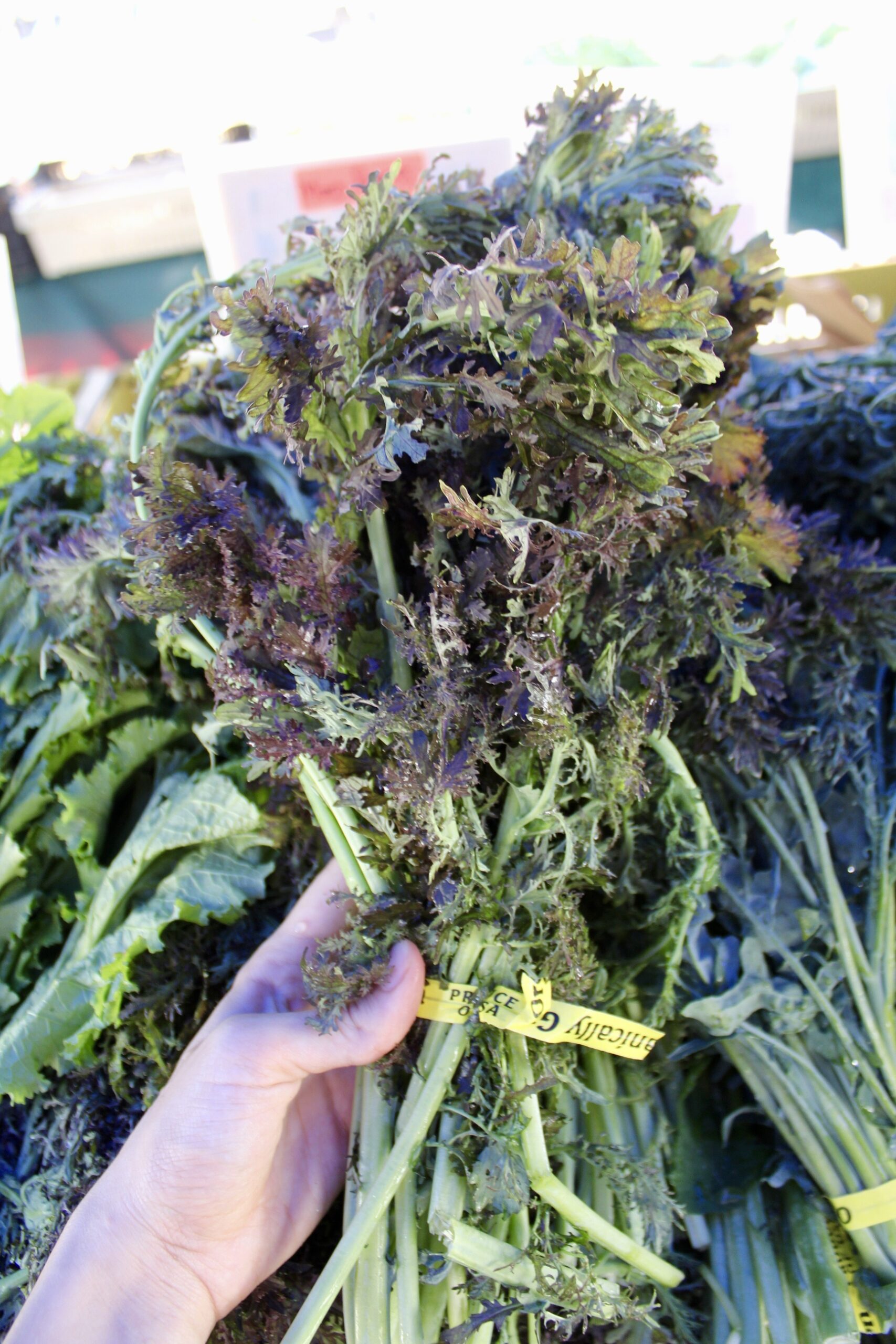Leafy Greens Series: Mustard Greens
August 4, 2019
Everybody knows that you have to get your greens in every day, right? But why is that, exactly? What do greens have in them that make them such “superfoods” and such “nutrient powerhouses”?
Instead of taking everyone’s word for it, it’s about time to learn for yourself exactly what nutrients they contain and why they’re important.
Here’s the bottom line: Eating a diet that’s rich in leafy greens has numerous healthy benefits, including a reduced risk of heart disease, high blood pressure, inflammation, and even some types of cancers.
That’s why we created this blog series to highlight some of the coolest and healthiest leafy greens to highlight their benefits so that we can all learn a little bit more about how our body is affected when we eat them. Join us as we educate ourselves!
Important note: The information in this blog series is not exhaustive. Not all the foods’ nutrients and health benefits are listed here, but rather just those most prominent and distinctive; the highlights of their nutritional properties. We are not nutritionists and don’t pretend to be. All information sources are listed at the bottom of the article.
Mustard Greens
Why are they called Mustard Greens? That’s because they come from the mustard plant, who’s seeds are used to make the condiment you probably think about when you think “mustard.” The leaves, seeds and stem of the mustard plant are edible. Mustard greens have been consumed for over 5,000 years and originated in the Himalayan region of India.
Mustard greens can be distinguished by their curly leaves. They come in a few varieties, namely green and purple. Green mustard leaves tend to be long, ribbed leaves that curl up at the end, wile purple mustard leaves are much smaller and finer, with the same thick green stems but delicate purple-green frilly leaves. They have a very distinct peppery, spicy taste and can be eaten raw or cooked.


Antioxidants
Like all cruciferous vegetables, mustard greens contain antioxidants that protect the body from free radicals, but mustard greens in particular have an especially high level of them. When certain types of oxygen molecules enter the body and are allowed to travel freely, they cause the formation of free radicals. These can be very dangerous to the body’s cells and tissues through a damaging process called oxygenation (the same process that causes apples to turn brown and metal to rust), and are even linked to cancer development, neurodegenerative diseases and premature aging. That’s why it’s so important to get those antioxidants in to counter this process.
Cleansing
Mustard greens have the ability to cleanse the liver and detoxify the blood stream due to their high levels of chlorophyll, which gives them their rich green color. They can quite literally pull environmental toxins from the bloodstreams! In addition, they can also neutralize heavy metals, chemicals, and pesticides in the body.
Psoriasis Treatment
Another fun fact about mustard greens is their ability to treat psoriasis – a chronic inflammatory auto-immune disease in which skin cells build up and form scales and itchy, dry patches. Mustard greens facilitate the stimulation of enzymes such as superoxide dismutase and catalase, which calm the inflammation and provide pain relief to people suffering with psoriasis.
Bone Health
The combination of calcium, magnesium, Vitamin C, and Vitamin K in mustard greens supports bone density and maintains a healthy skeleton structure, protecting the body from osteoarthritis and osteoporosis. Vitamin K is also essential for preventing blood clotting, as it prevents the calcification (hardening) of the arteries and thus preventing the risk of heart disease.
Phytonutrients and Disease
The phytonutrients in mustard greens are key in helping protect from germs, fungi, bugs, and other threats. A diet high in phytonutrients has been shown to help lower cancer and heart disease risk, and prevent diabetes and obesity. It has even been show to slow down the aging process of the brain. Eating mustard greens in particular may be a great way to slow the aging process of the brain thanks to its potassium, folate, and numerous antioxidants. We think that’s pretty amazing.
How to Use Mustard Greens
Mustard greens can be eaten cooked or raw and have a distinctive spicy, peppery flavor that is more intense than arugula. For this reason, we suggest serving in smaller portions or mixed into something else.
To cook them, we suggest a quick sautée – add them to a hot pan with olive oil and garlic, and finishing with some salt and a few drops of your vinegar of choice. Add in some raisins for a nice sweetness and you’ve got a delicious side dish to accompany potatoes, squash, rice, or anything starchy.
To eat them raw, try ripping the leaves apart with your hands and adding them to a bowl. Dress with olive oil, salt, either lemon juice or vinegar, and something sweet such as maple syrup or agave to counteract their distinctive peppery flavor.
You can also always slice the raw leaves very thinly, dress them with olive oil and salt, and use as a garnish on top of tacos, sandwiches, or even pizza.
Let us know your favorite way of eating mustard greens in the comments below. Enjoy!
Sources: drake.com, naturalfoodseries.com, ackermancancercenter.com, dovemed.com
be the first to comment